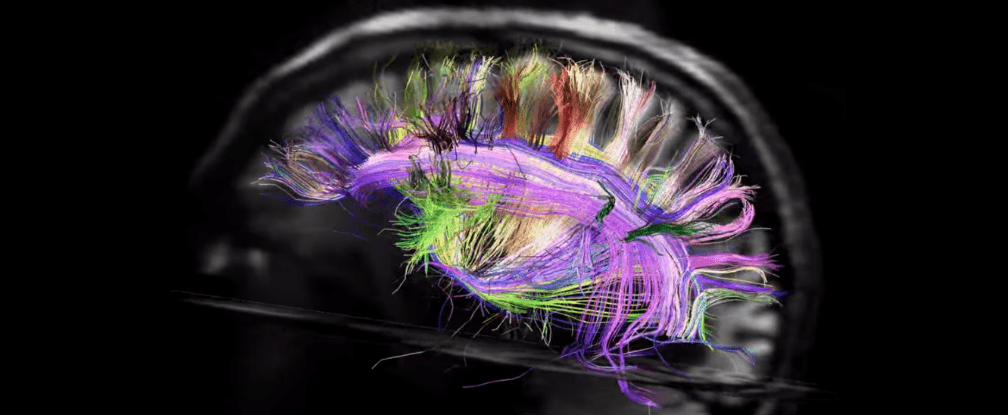For most people, brains are pretty similar – our connections follow the same pattern, and while there are certainly exceptions, you could say that our brains are connected in pretty much the same way. But for autistic people, things are very different. A new study has found that each autistic brain has unique, highly idiosyncratic connections.

We’re only starting to scratch the surface when it comes to understanding autism. Autism is a neurodevelopmental disorder with various characteristics. The most usual are impaired social interaction as well as verbal and non-verbal communication. Autism is often accompanied by repetitive or compulsive behavior. An estimated 60%–80% of autistic people have motor signs that include poor muscle tone, poor motor planning, and toe walking.
However, we still don’t know what’s causing it and what can be done to treat it. For these reasons, studies such as this one are very important, because they show what happens inside the brains of people suffering from autistic spectrum disorder (ASD). What this study revealed is that unlike the relative monotony of non-autistic humans, people with ASD come in stark contrast – each brain is different.
Avital Hahamy and Prof. Rafi Malach of the Weizmann Institute’s Neurobiology Department, and Prof. Marlene Behrmann of Carnegie Mellon University, Pittsburgh analyzed data from fMRI studies from a large number of resting volunteers.
“Resting-state brain studies are important,” says Hahamy, “because that is when patterns emerge spontaneously, allowing us to see how various brain areas naturally connect and synchronize their activity.” A number of previous studies in Malach’s group and others suggest that these spontaneous patterns may provide a window into individual behavioral traits, including those that stray from the norm and are associated with ASD.
[Also read: Child prodigies and autism are linked, study finds]
In people without the disorder, they found very similar patterns. In other words, if you would superimpose one scan on top of the other, the levels of connectivity would be basically the same across the various regions of the brain. But when they did the same thing with the brains of people with ASD, they couldn’t find similarities between any two participants. They couldn’t even split the brains up into sub-groups because the way the networks were arranged was so individualised! This study not only shows a remarkable particularity of ASD brains, but may shed some light on the very nature of the disorder.
“Our results reveal a new and robust abnormality in the ASD connectivity, which relates to the topographical nature of the functional connectivity patterns rather than to their overall strength,” the team reports in the journal Nature Neuroscience.“Specifically, we found that the canonical pattern of functional connectivity seen in typical controls showed significant and individually distinct (idiosyncratic) distortions in participants with ASD.”
The team is not certain what causes ASD brains to be so different, but judging by the fMRIs, they believe it has something to do with how people interact with the environment which surrounds them.
“From a young age, the average, typical person’s brain networks get moulded by intensive interaction with people and the mutual environmental factors,” says Hahamy in the press release. “Such shared experiences could tend to make the synchronisation patterns in the control group’s resting brains more similar to each other. It is possible that in ASD, as interactions with the environment are disrupted, each one develops a more uniquely individualistic brain organisation pattern.”






